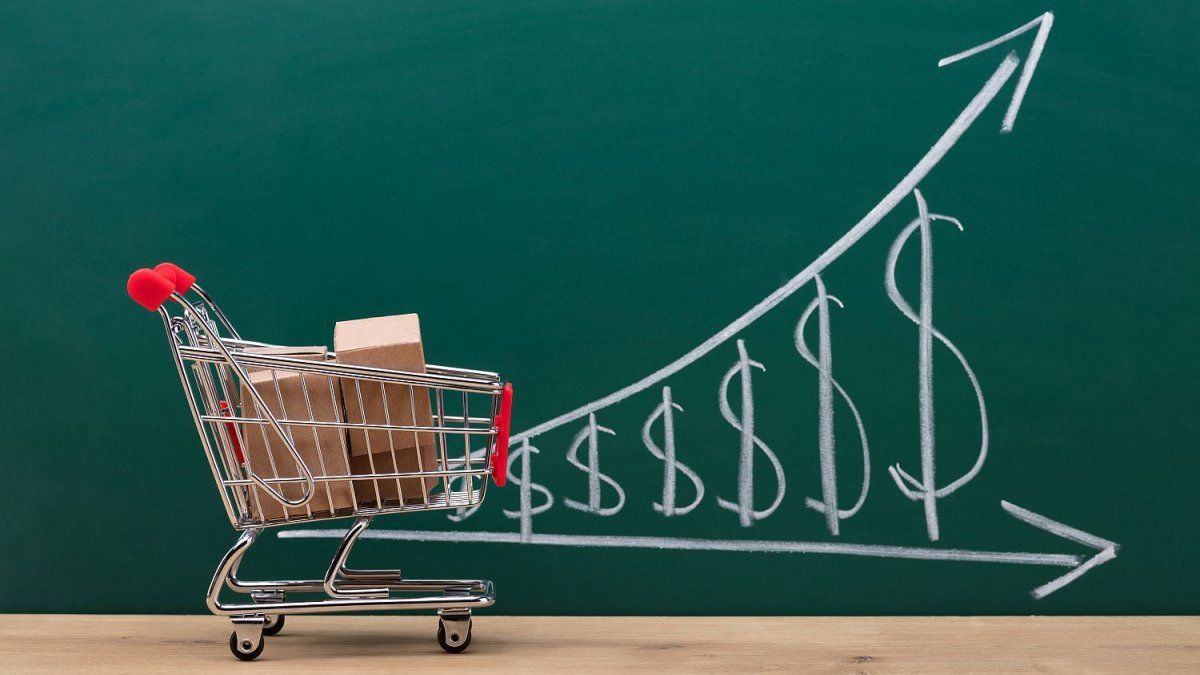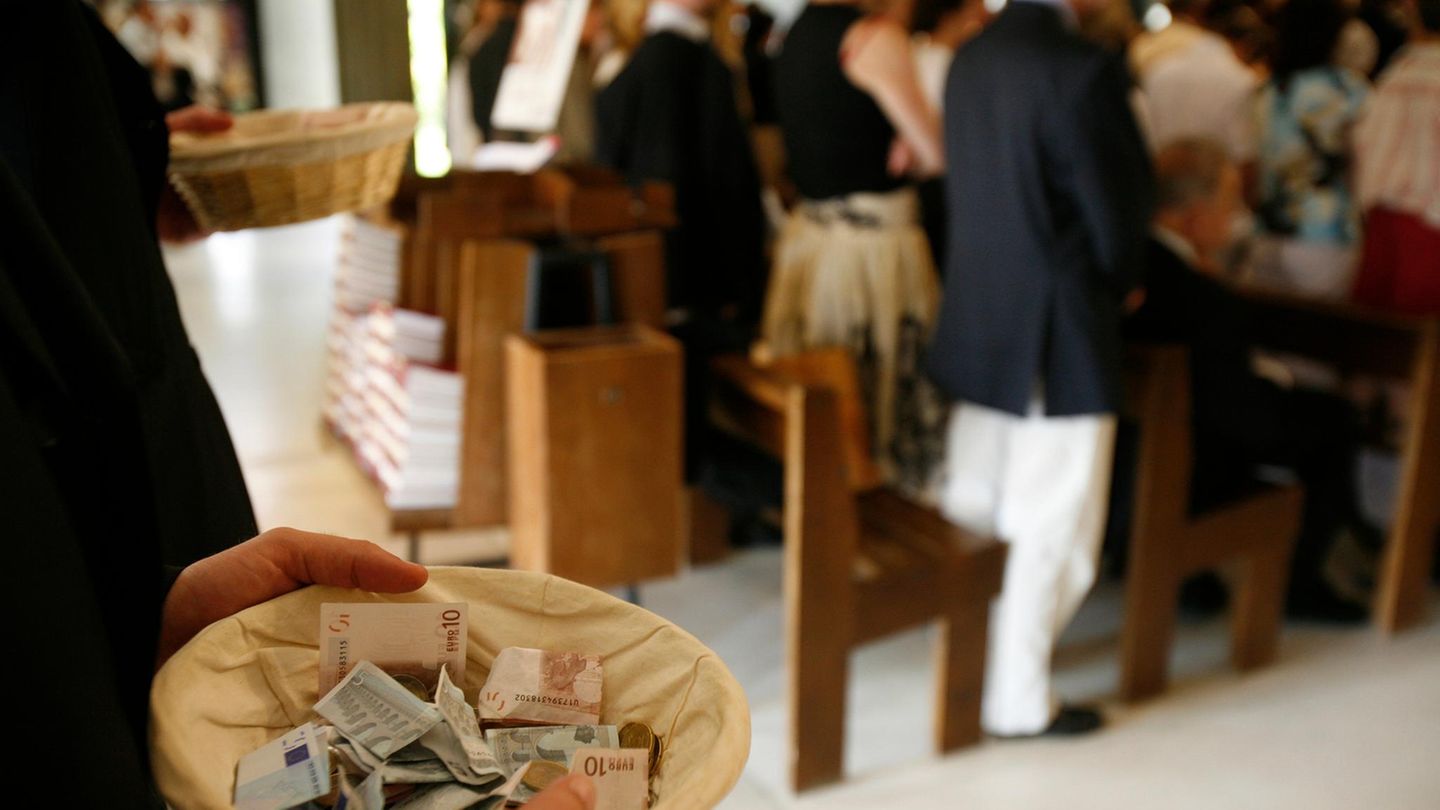After the strong jump recorded in December, the inflation gave way slightly January and would be located in around 20%. Looking ahead to the coming months, the increases in different regulated services will add pressure to the CPI. Something that will happen, as a private study highlights, in a context in which the anchors chosen by the Government “dissipate.”
This was detailed in a report prepared by the Capital Foundationin which it was mentioned that, a month and a half after the new administration took office, “The two inflationary anchors chosen for economic policy are under pressure.”
In this sense, the study highlighted that The rate of sliding of the exchange rate of 2% monthly, established after the December devaluation, “can hardly be sustained in the face of high inflation and a dizzying exchange rate delay.”
On the other hand, he pointed out that the objective of a primary fiscal surplus of 2% of GDP agreed with the IMF ““It was complicated by the lack of votes to pass the fiscal package sent to Congress.” “In the Omnibus Law and the Personal Income Tax (formerly Earnings) the authorities intended to achieve two points of the fiscal adjustment that will no longer be included in the discussion in Parliament. Thus, it must be re-evaluated sooner rather than later how the adjustment implied by the changes in export rights, pensions and profits will be achieved, in a framework of declining activity that will affect collection,” they added from Fundación Capital.
In this way, they stressed, “the authorities raised two inflationary anchors within the economic emergency program that are beginning to show their difficulties”. Something that can become a “stone on the road that hinders the future horizon of predictability.”
How the removal of the fiscal package can impact inflation
The fact of having withdrawn from the so-called Omnibus Law he tax packagewhich included increases in different taxes and eliminated the retirement mobility formula, could impact future prices. But I wouldn’t do it directly..
“I do not see a direct link between consumer prices and the specific decision to withdraw the fiscal package,” he explained to Ámbito. Sergio Chouzadirector of the consulting firm Sarandí, who remarked: “Obviously, fiscal prudence and its monetary correlate is important to influence expectations and through them, indirectly, perhaps you can see the positive or negative impact on inflation. But it is an indirect channel.”
“It does seem to me that the decision to remove the fiscal package is hardly can be perceived as something positive in the market, so it is most likely that this will result – at least in the first days – in greater pressure in the alternative dollar markets. “added the economist.
This greater pressure on alternative exchange rates could, in the future, put pressure on inflation due to an eventual growth of the gap. “This greater pressure, in a next stage, can be transferred to prices. It can lead to greater effervescence in the financial and exchange markets and therefore a passage to more accelerated prices,” stressed Chouza, who concluded: “Through this channel I would say that There may be some degree of concern in the Government of how the fiscal signal and the new credibility of the program are perceived, based on the effective possibility of meeting the zero financial deficit without having that transfer of resources that the tax increases of the Omnibus Law and the cutting of expenses through the retirement.”
Inflation without anchors: more pressure on prices?
dollar-blue-inversiones-finanzas.jpg
Analysts doubt that the Government can sustain the crawling peg at 2% for long
Depositphotos
On the other hand, a possible new devaluation or a slippage of the official exchange rate faster than the current 2% monthly rate could mean the “lifting” of a key inflationary anchor.
In this context, consumption will probably become a “ceiling” for inflation. “The only anchor is the salary, the fall in purchasing power”, Hernán Letcher, director of CEPA, highlighted to Ámbito, who added: “It seems to me that beyond the package of measures, what happens is that the combination of the crawling peg at 2% versus the level of inflation that exists, makes the exchange rate appreciation accelerates. And that at the end of February there will be a real exchange rate even lower than Massa’s exporting dollar”.
This scenario, Letcher remarked, ““It is going to generate very strong devaluation pressures and that will probably have an impact on prices.”
Juan Manuel Telechea director of the Institute of Labor and Economy (ITE) of the German Abdala Foundation, said for his part that a slowdown in inflation is estimated in February, but that facing March “the big question is to see what is going to happen with the rate.” exchange”. “If it continues as before and the Government manages to maintain the crawling peg at 2%, without this having a very strong impact on the gap, I think inflation should drop significantly: probably around 15% or less”he detailed.
Although he clarified: “But it seems to me that This scenario is not very sustainable and surely in the middle the Central Bank will make some type of change with the exchange rate policy.. Either a devaluation or adjusting crawling to a level closer to inflation: with either of those two scenarios, it seems to me that Inflation would rebound and we could see inflation still at levels around 20% by March.”
Source: Ambito




